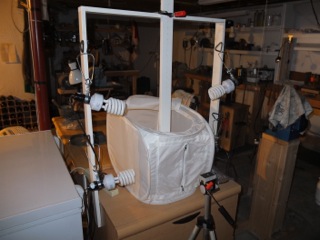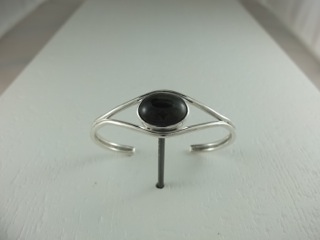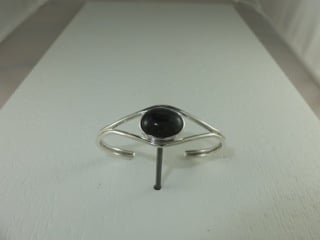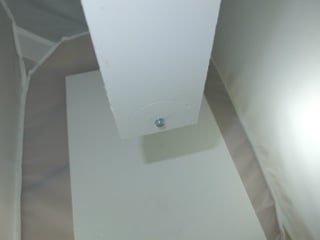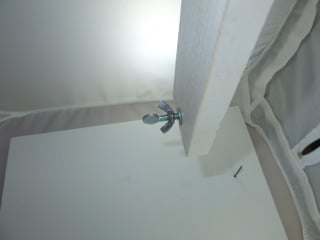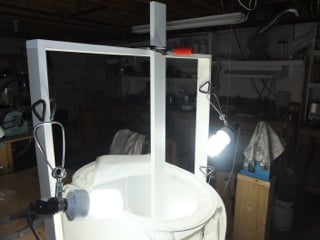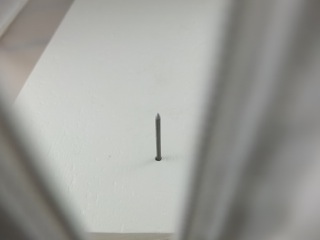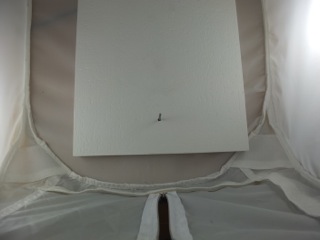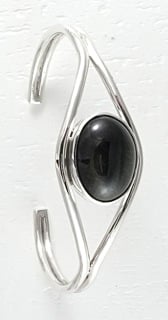I’m contemplating buying a new camera (digital obviously) for
photoing my stones. I’m happy to buy 2nd hand.
The need I have is for photoing stones. I currently have no problem
with opal and translucent stones, but clear transparent have given me
fits. That demands several things out of the camera.
-
Something with an excellent macro lens capability
-
Something that has very accurate depth of field settings.
-
Something that can photograph in low light so that the stones
don’t get washed out from excessive light. -
I guess aside from the transparent stones I also photo a lot of
opal which, as far as I’m concern, must be done in daylight, and I
also photo a lot of star stones and cat’s eyes. -
Actually a good video component would be useful too. I will
definitely want to video some stone in motion.
The basic problem I’m having with my current camera is that with
some of my more complicated faceted and carved cuts that are
transparent, my camera flattens the stone or gets confused. That
means you can see everything of the stone top to bottom. That means
you can’t get a sense of how it looks from just the top surface. A
stone that you see in person, on the other hand, obviously you see
just the crown when looked at from the top. As to chatoyancy and
asterism, there often in not enough definition to make it stand out.
A couple of other things. I have left over from my journalism
photoing days, (I had to take pictures to go with the articles I
wrote) a Nikon film camera that has some very nice lenses and filters
etc. So if the camera I find has the capacity to accept those lenses,
that would be a real plus.
And I’d like to buy second hand for obvious reasons of cost. If you
could include an idea of a reasonable price for such a camera, that
would help too.
Also, if there are other questions I need to ask, I’m all ears.
Derek Levin
